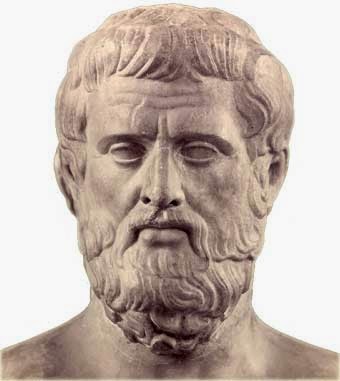

The seeming freedom of the Golden Law and the poetry of the country flag are reflected in what happened recently in the Brazilian capital, a representation of the past’s unequal history, written by emperors and empresses, and the current machinations of a few orchestrators committed to destabilizing the democratic foundations of the “young” country.Īlongside all of this power, throughout history, there have always been architects, artists, designers, poets, and musicians spurred on by the vital energy of building a new country together.

However, as is evident by the current condition of the country, this valuable document stayed in the realm of ideals and utopias that built, and still builds, what Brazilians acclaim as the “Country of the Future”. The words Ordem e Progresso (Order and Progress) are inspired by Auguste Comte’s positivism Love as a principle, order as the basis, and progress as the goal, and were intended to kick off the construction of the institutional framework – the social and political structure – of what we know today as Brazil.Ī year before these starry skies, green fields, and golden diamonds, Dona Isabel, the Princess Imperial Regent of Brazil nicknamed the Redemptress, signed the Golden Law and abolished slavery in Brazil. The blue circle and the 27 white stars, which stand for the 27 Brazilian states, represent the sky that had stretched over Rio de Janeiro, then the capital, just a few days before the empire fell and a “new Brazil” was introduced to the world in 1889. The green and yellow of the Brazilian flag as we know it today are references to the imperial flag and the Houses of Bragança and Habsburg, coming from its first Emperor and Empress Peter I and Maria Leopoldina. This flag reflects part of Brazil’s history, the part the country has sought to preserve and the part that there may still be time to rewrite. It’s not easy to understand the events of Sunday, Januin the Brazilian capital, but perhaps it is possible to see them as a global phenomenon with local nuances that are characteristic of a society still governed by the ideals of “order and progress” inscribed on its colorful flag. Legendary Brazilian musician Antonio Carlos (Tom) Jobim’s phrase, which has turned into a mantra for the country – particularly so in the age of the Internet – has only become more true with time. (Oct.Main image: Um ano do paço, Juan Cabello Arribas More engineer than philosopher during his career, the artist%E2%80%99s legacy finally reaches an audience deserving of his contribution to modern art, and White%E2%80%99s expressive conclusions explore conceptualism with admirable depth and clarity. Relations with contemporaries%E2%80%94Jackson Pollock, Yves Klein, and Cy Twombly%E2%80%94ranged from amiable to resentful. Informed by Walter Benjamin in his deductions, White relates each chapter to the %E2%80%9Cdialectical structure in Fontana%E2%80%99s work,%E2%80%9D citing political events, abstract notions, and cultural shifts as influential in the anachronistic relationship Fontana had with art. Fontana%E2%80%99s slashed canvases, gaudy palette, and penchant for heavily applied acrylic meant his work was greeted with at best indifference, at worst disdain. Pinpointing Fontana%E2%80%99s first and only solo New York show in 1961 at age 62 as the realization of a lifelong dream, White wonderfully explores topics including: avant-garde paradoxes the pastiche of Dada, Surrealism, and Russian Constructivism and Fontana%E2%80%99s desire to be distanced from European Informel and Tachiste artists.

Collating and critiquing the work of Italian-Argentine artist Lucio Fontana (1899-1968), University of Melbourne lecturer White provides a fresh interpretation of a man whose innovation and insurgency is now demanding greater recognition and record prices more than 40 years after his death.


 0 kommentar(er)
0 kommentar(er)
